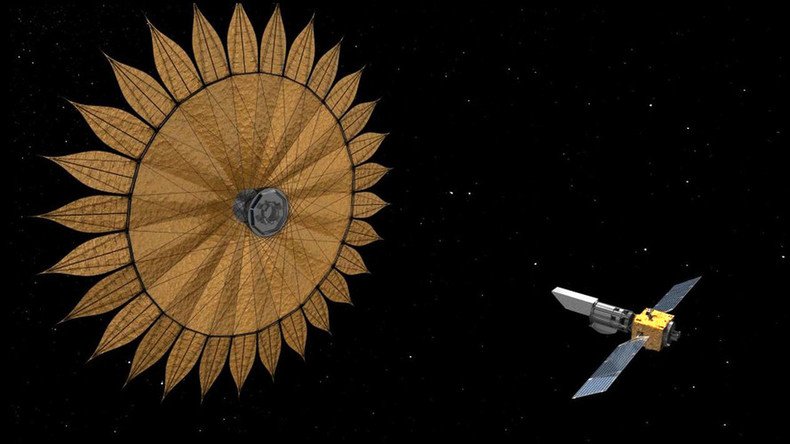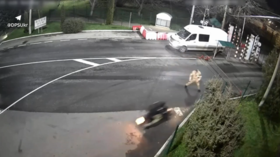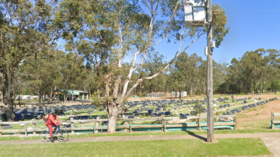Starshade: Search for ‘other Earths’ boosted by origami-inspired tech (VIDEO)

NASA believes it’s one step closer to the discovery of Earth-like planets thanks to the development of two new technologies making it easier to photograph distant planets.
Scientists at NASA's Jet Propulsion Laboratory in California are working on ‘starshades’ and ‘coronagraphs’, which they hope will assist in researching the 1,000 planets outside our solar system.
READ MORE:Tattooed moon: NASA gains new insight on mysterious ‘lunar swirls’ (PHOTO)
The devices aim to allow telescopes to capture clearer images of these planets by blocking the light from the bright stars.
Astronomers could then use other instruments called ‘spectrometers’ to search the planets' atmospheres for chemical clues about the possible existence of life.
A starshade, giant structure that blocks the glare of stars, could help take pics of planets https://t.co/W6JjvCbtSmpic.twitter.com/yXyv9FGbzk
— NASA (@NASA) May 1, 2016
The starshade is a giant flower-shaped spacecraft which flies up to tens of thousands of miles ahead of a telescope - the equivalent of fitting four Earths between the telescope and the shading device.
“They are more like driving behind a big truck in front of you to block the light of the sun," Nick Siegler, program chief technologist for NASA's Exoplanet Exploration Program Office said.
The star blocker is tens of meters in diameter, meaning it will be quite an engineering challenge to transport into space.
The team is using a technique based on the traditional Japanese practice of origami and has already tested it on a shade of five meters.
The lab is also testing coronagraphs, which Siegler compares to “visors in your car” - tiny masks which block the light of stars from within a telescope.
Both technologies are being developed as part of NASA's Wide-Field Infrared Survey Telescope (WFIRST) mission, due to launch in the mid 2020s












